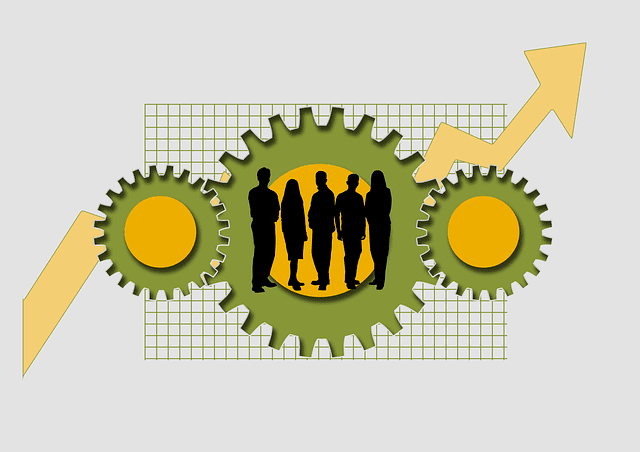Internal Human Resources Transformation Imperatives
By: Ciopages Staff Writer
Updated on: Feb 25, 2023

What are internal human resources transformation imperatives?
The internal human resources transformation imperatives, as the name suggests, are a list of key drivers that are providing an impetus for changing how Human resources function works, along with how to deal with the growing set of challenges and position HR for the future of work.
This CIOPages.com insight deals with the internal human resources transformation imperatives. You may also check out the external human resources transformation drivers.
The internal Human Resources Transformation Imperatives are a list of key drivers that are providing an impetus for changing how Human resources function works, how to deal with the growing set of challenges and position HR for the future of work.
- The need to transition from Operational HR to Strategic HR: The dynamic nature of the business world is demanding Human Resources to become more strategic, not just an administrative and record-keeping function. This is a key internal driver for Human Resources transformation.
- Hyper Growth Plans for the enterprise: When an enterprise is stepping up the growth plans – inorganic or organic – a key resource to drive growth is people. To manage this hyper growth, the HR function needs to evolve to the digital speed.
- High HR costs: The current cost structure of providing HR services is expensive and in today’s efficiency-driven world, it is a strategic imperative to lower costs and yet provide higher quality services.
- High Attrition Rates: If an enterprise has higher attrition rate than the peer group, it is a serious cause for concern. Attrition rates generally indicate a slew of other deeper issues afflicting the company’s culture and the HR processes. High attrition is indeed a critical transformation imperative.
- Skill Gaps in Core Functional and Technical Areas: Despite hiring the capacity, if the people fall short in skills, competencies, and caliber required to perform key functional and technical tasks, it is a driver for change in the way talent management is managed.
- Inability to manage Global HR needs: We don’t live in one-size fits all world. The increasing globalization means a company must create a “Glocal” HR – one that has some core principles that are common everywhere, and then a flexible model to accommodate the local needs, based on law, culture, social mores, and nature of work.
- The Absence of a Performance Culture: Peak performance is what is demanded from people in companies across industries and geographies. Lack of a performance culture is a key reason to rethink your HR operating model and processes.
- Inflexible HR Systems: Clunky old systems which are complex, cumbersome and costly with convoluted workflows and unintuitive user experience are reasons companies are moving to cloud-based HR systems.
- Need to balance the insourcing and outsourcing equation: It seems like the pendulum of outsourcing and insourcing swings to the extreme one way or the other each decade. Today, companies must balance the insourcing and outsourcing equation to manage the strategic and operational nature of Human resources processes and make decisions accordingly.
- Weakness in Compliance procedures and Regulatory Reporting: If a company has siloed compliance processes and procedures and regulatory reporting on HR matters takes an army and eons to complete, it is but a signal to change.
What other internal human resources transformation drivers did we miss? If you have any such key drivers and strategic imperatives for transformation, please feel free to share.
Please check out CIOPages.com HR Transformation Resources and the Human Resources Transformation Toolkit for additional insights and resources to help you in HR transformation efforts.
You may also want to check out Deloitte’s list of change imperatives.